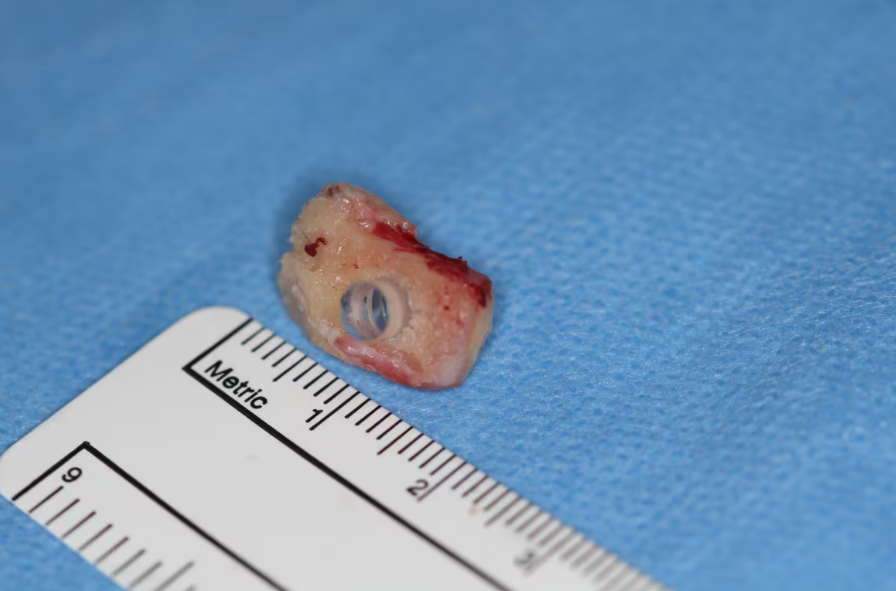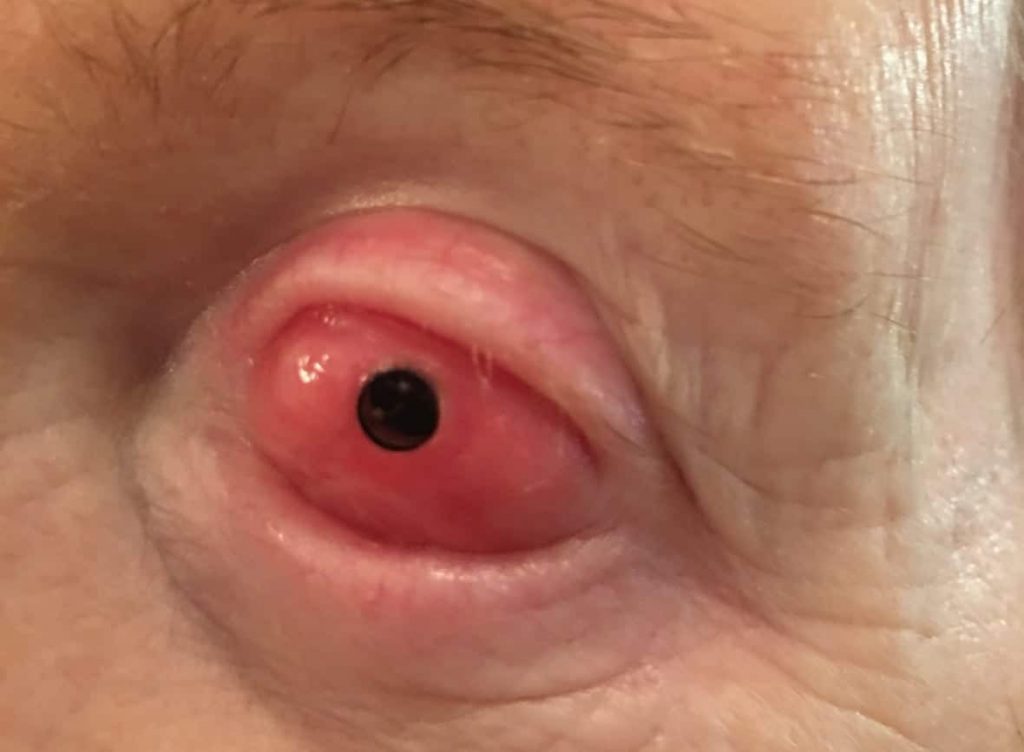Tooth-in-Eye Surgery: A Strange Procedure That Brings Back Sight

© Greg Moloney / Providence Health Care
What exactly is tooth-in-eye surgery, and how does it help people see again?
Picture a solution so unusual it sounds like something from a science fiction movie: doctors using a tooth to help someone see again.
This isn’t a fantasy—it’s happening right now in Canada. Surgeons have started performing a rare procedure that takes a person’s own tooth and turns it into a tool to restore sight.
How does this work? Let’s dive into this incredible story and find out.
The idea of putting a tooth in someone’s eye might sound odd or even a little scary, but it’s a real medical breakthrough.
This surgery has already changed lives, and it’s making headlines for being the first of its kind in Canada. People who were once blind can now see shapes, colors, and even faces again.
So, what’s the secret behind this unusual method, and why are doctors turning to teeth for help? Keep reading to learn more.
Tooth-in-Eye Surgery: How Teeth Become a Window to the World

The procedure is called osteo-odonto-keratoprosthesis, but don’t worry about the long name—it’s often just called “tooth-in-eye surgery.”
Here’s how it works in simple steps. First, doctors take one of the patient’s teeth, usually a canine because it’s strong and has a good root. They remove it carefully and shape it into a tiny holder.
Then, they attach a small plastic lens to it, kind of like a mini window. This lens will act as a new cornea—the clear front part of the eye that lets light in.
But the process doesn’t stop there. Before the tooth can go into the eye, it needs time to heal and grow strong. Surgeons place it under the skin of the patient’s cheek for a few months.
During this time, the tooth gets covered with tissue and blood vessels, making it ready for the next step. After it’s prepared, the doctors make a small spot in the eye and implant the tooth-lens combo.
The tooth holds the lens in place, and the lens lets light into the eye again. For people whose corneas are too damaged to fix any other way, this can mean seeing the world for the first time in years.
This surgery isn’t quick or easy. It takes multiple steps and a lot of patience. But for those who’ve had it, the results are worth it.
One Canadian man, who lost his sight years ago, recently had this done. After the surgery, he could see well enough to recognize people and move around on his own.
Doctors say this method works when other treatments, like cornea transplants, aren’t an option.
A New Hope for the Blind

This tooth-in-eye surgery isn’t brand new—it was first developed in Italy decades ago. But Canada just started doing it in 2025, and it’s already giving hope to people with severe vision loss.
Three Canadians are among the first to try it in their country, and more could follow. The procedure is only for specific cases, like when someone’s cornea is scarred from injury or disease, and regular fixes won’t work.
What’s amazing is how the body adapts. The tooth doesn’t just sit there—it becomes part of the eye, helping it function again.
Patients have said they can’t feel the tooth once it’s in place, and it doesn’t look strange from the outside. This blend of nature and science is opening doors for people who thought they’d never see again.
The surgery is still rare and not available everywhere. It requires skilled surgeons and special equipment. But as more doctors learn how to do it, it could spread to other places.
Posts on X show people are excited and curious about it, with some calling it “mind-blowing” and others asking how a tooth can help an eye. The buzz is growing, and so is the hope it brings.
This is how creative humans can be when solving tough problems. Even the strangest ideas can lead to real change.
For those who’ve regained their vision, it’s a chance to live life in a whole new way.

Will tooth-in-eye surgery become common in the future, or will it stay rare?
You might also want to read: Apple Vision Pro Surgery: A New Era of Surgical Assistance?


